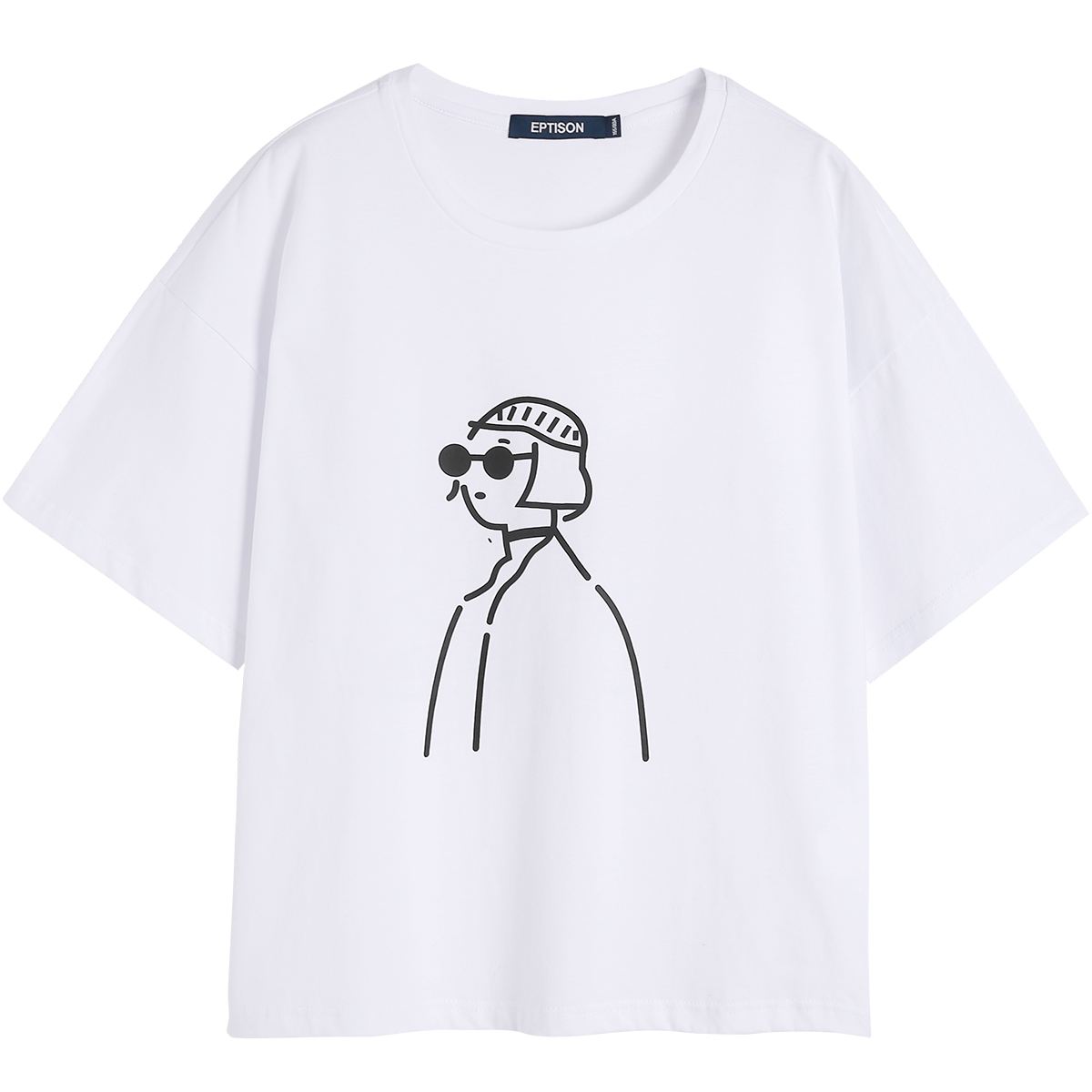Lyocell is a man-made fiber, also known as rayon. It is made from cellulose through chemical treatment. Lyocell fiber has many advantages, such as softness, smoothness, breathability, and good hygroscopicity.
The production process of Lyocell fiber includes the following steps: First, cellulose is extracted from natural cellulose, such as wood pulp or cotton. The cellulose is then chemically treated and dissolved in a solvent to form a spinning dope. Next, the spinning solution is passed through a fine-hole nozzle to solidify it into fibers. Finally, the fiber is stretched, heated, and otherwise processed to produce the final lyocell fiber.
Lyocell fiber has many properties that make it a popular fabric. First of all, it has good softness and comfortable touch. Secondly, Lyocell fiber has good breathability and moisture absorption, which can absorb the body’s sweat and keep you dry. In addition, Lyocell fiber also has good wrinkle resistance and abrasion resistance, which can keep clothes beautiful and durable.
Lyocell fiber is also environmentally friendly. It is made from renewable resources and the solvents used in the manufacturing process can be recycled and reused, reducing the impact on the environment. Additionally, no toxic waste is produced during the production of Lyocell fiber.
Lyocell fiber is widely used in clothing, home textiles and industrial applications. In terms of clothing, it is often used to make shirts, skirts, underwear, etc. In terms of home textiles, lyocell fiber is often used in bedding, curtains, etc. In addition, due to its excellent moisture absorption and breathability, Lyocell fiber is also widely used in sportswear and outdoor equipment.
In short, Lyocell fiber is a man-made fiber with many advantages. Its softness, breathability and hygroscopicity make it a popular fiber. Welcome fabrics are widely used in fields such as clothing and home textiles.








